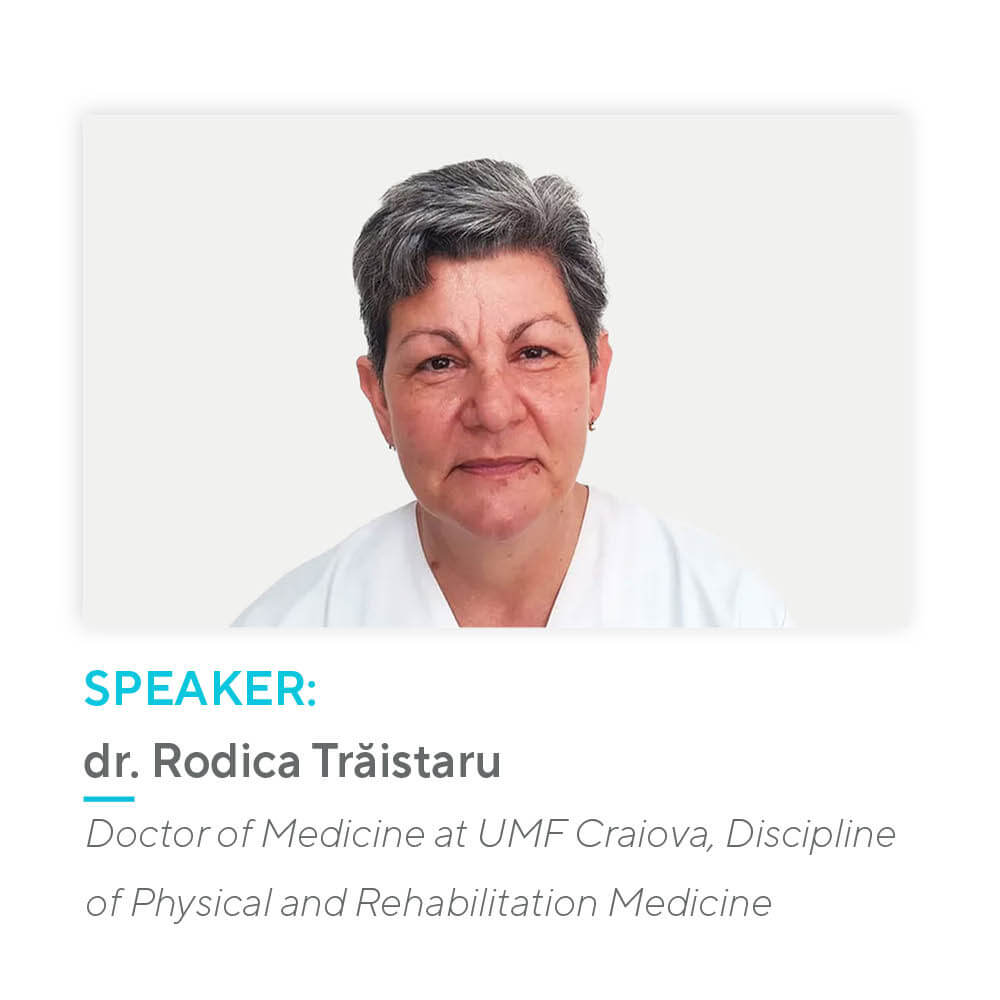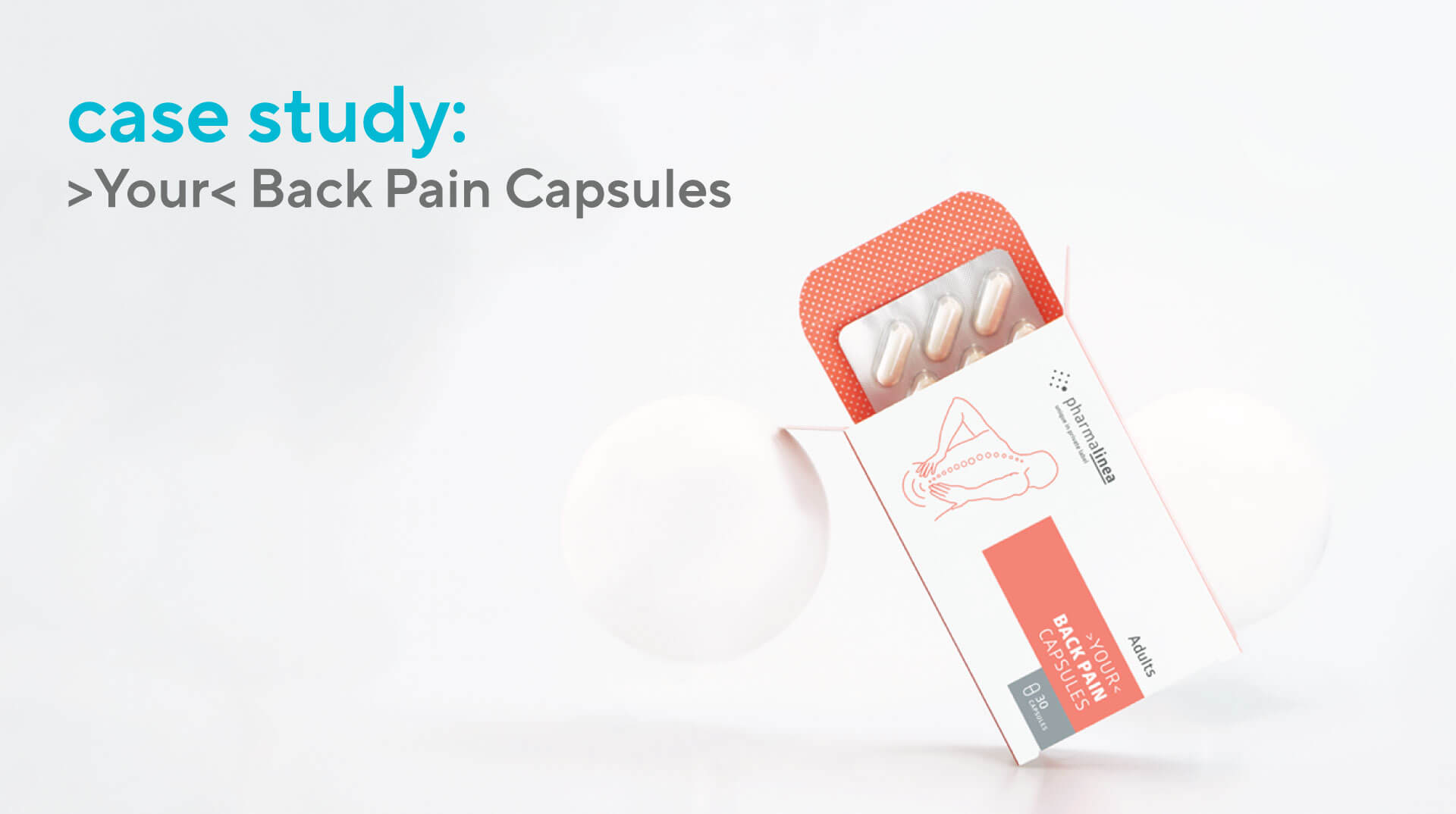Watch on demand on
18th of September 2024
Clinical trial: >Your< Back Pain Capsules
A new clinical study proved our back pain product significantly improves the pain-relieving effect of physical therapy. Results were presented in a webinar, now available on demand.
Watch this webinar to discover:
"*" indicates required fields
- the study design and methods used
- details on the product design and the market need
- the results of the clinical study








In the newly published study, >Your< Back Pain Capsules were proven to substantially improve standard physical therapy by significantly reducing pain severity and significantly increasing mobility in subjects with chronic back pain.
the trial.
Up to 80% of people suffer from low back pain at some point in their lives and it’s the second most frequent symptom-related reason for physician visits after the common cold. Around 5-10% of patients develop persistent back pain. This complex condition involving various pain mechanisms, can arise from physical damage to the musculoskeletal system (nociceptive pain) or nerve damage or dysfunction (neuropathic pain). The latter may be present without obvious physical findings. Neuropathic pain is a chronic condition that leads to persistent pain symptoms and usually develops when peripheral nerves are damaged as a result of injury, inflammation, or disease like diabetes.
Pain in the lower back area can significantly reduce quality of life. Consequences include significant work-related disability and medical expenses. As the population ages, the number of individuals with this issue will likely increase substantially.
Physical therapy or analgesics are the two most common ways to treat lower back pain. However, they both come with limitations. The issue with physical therapy is, that it can help relieve the pain and improve mobility to a certain point, but it does not address its source – neuronal damage. And the issue with analgesics is, that they should not be taken over long periods due to side effects and the possibility of leading to dependence. Many are turning to natural alternatives, though most target symptoms rather than the underlying cause.
The clinical trial evaluated the efficacy of >Your< Back Pain Capsules and a rehabilitation program (physical therapy) in patients with chronic lumbosacral radicular syndrome (LRS). It involved 247 participants with MRI-confirmed LRS persisting for more than 3 months. Participants were randomized into two groups: the study group received >Your< Back Pain Capsules and rehabilitation, while the control group received a placebo and rehabilitation. The trial lasted 3 months.
results overview.
- >Your< Back Pain Capsules improved the pain-relieving effect of physical therapy by 51%
- the addition of >Your< Back Pain Capsules to physical therapy resulted in a 52% increase of improvement in mobility
- the study did not report any adverse effects related to the administration of
- the compliance in the study group was 100%
The study was performed on ProHumano+ SpineDinamic (a commercial brand name of >Your< Back Pain Capsules, launched by our client) by researchers from Filantropia Clinical Municipal Hospital Craiova and the University of Medicine and Pharmacy of Craiova in Romania.
The details of the clinical trial, along with in-depth results analysis, were presented in a webinar. Watch it on demand, to find out more about the product, market, and possible applications of study results.
In the past, healthcare professionals could choose between prescribing physical therapy, which offered limited pain relief and mobility improvement, or analgesics, which often came with side effects. The outcome of the trial means they now finally have a safe solution, which significantly improves the effects of physical therapy, they can confidently prescribe.
explore further.
Case study: >Your< Back Pain Capsules
An analysis of how our client launched our back pain product under their brand in an EU market and initiated a clinical study due to outstanding results and user feedback.
>Your< Back Pain Capsules
A proprietary complex targeting neuronal damage and pain relief.
Oops! We could not locate your form.
"*" indicates required fields




